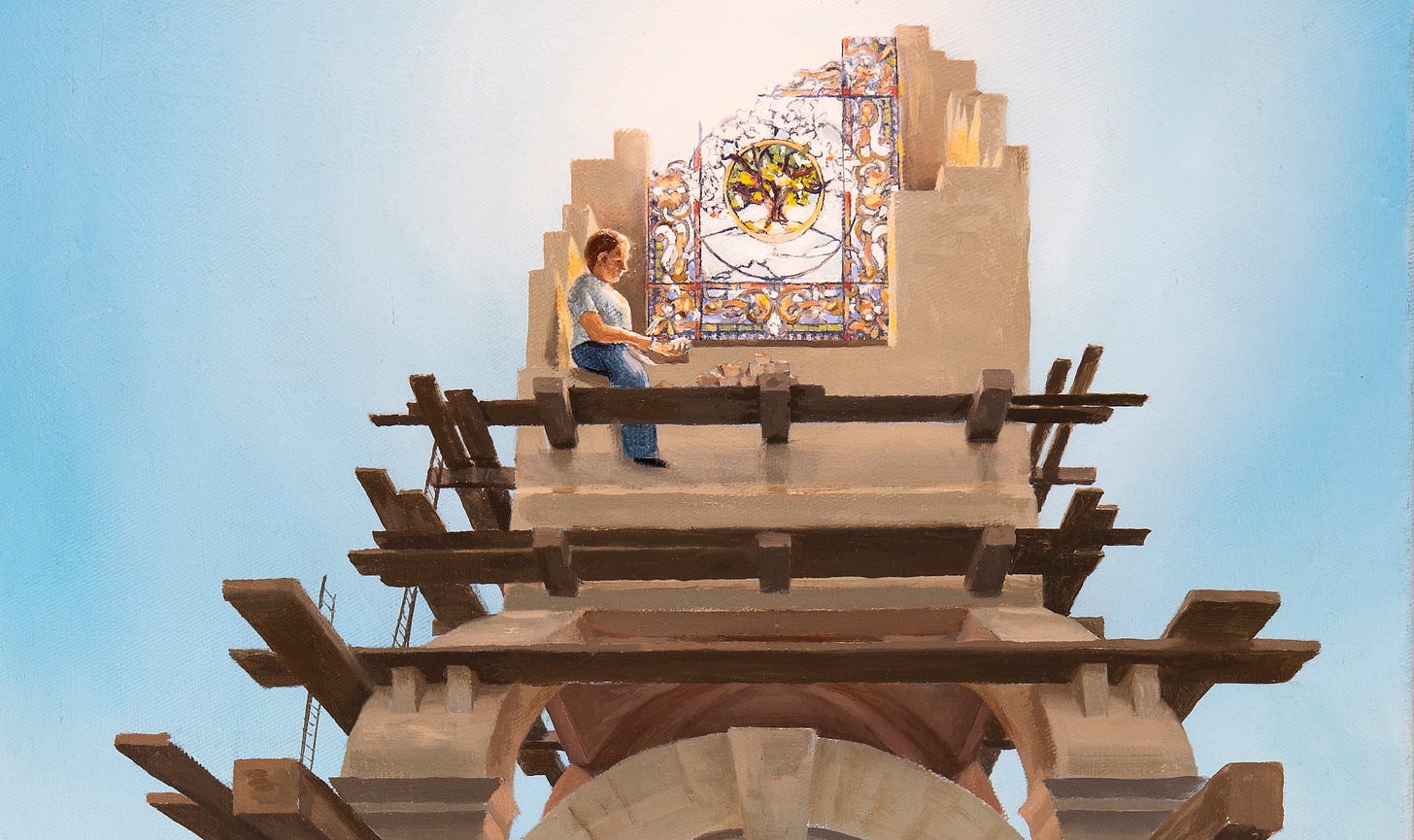Editor’s note: This is a lightly edited version of a talk delivered at TOS-Con 2022. The written version retains the character of an oral presentation. To view, purchase, or commission artworks by Jon Wos, visit Cordair.com.
In May 1981, my parents were looking forward to their first child. My arrival, however, was not what they anticipated.
It was immedi…
Keep reading with a 7-day free trial
Subscribe to The Objective Standard to keep reading this post and get 7 days of free access to the full post archives.




